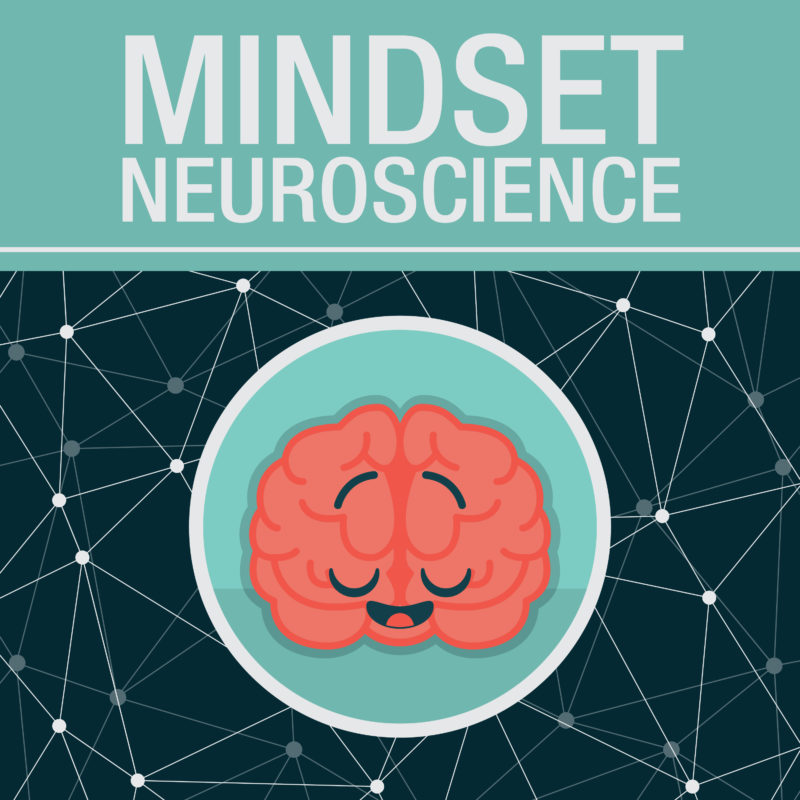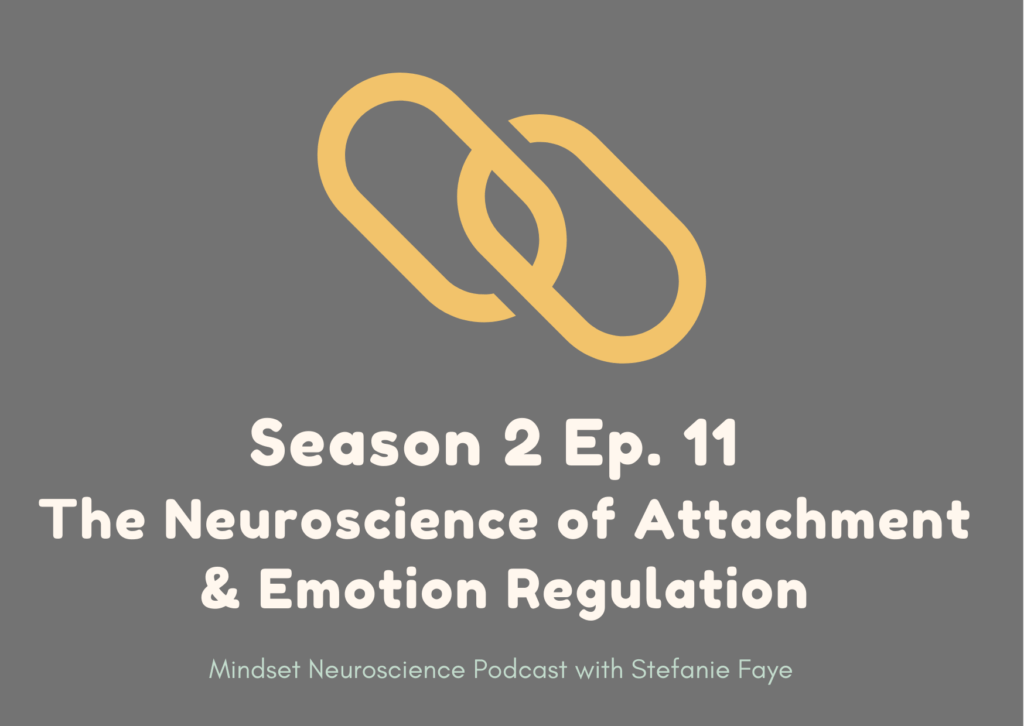
Attachment theory is not a 'theory'.. it's a part of our neurophysiological operating system
Attachment is a way of seeking proximity to an attachment figure.
It’s a biobehavioral adaptation that helps us regulate ourselves and explore new frontiers. This in turn helps us achieve higher levels of complexity and adaptation to a variety of environments, particularly in the social realm. Allan Schore states that although traditionally attachment theory was emphasized in the field of behavior and emotion, it is now supported by enough research from neurophysiology that attachment theory can simply be called ‘regulation theory’.
Attachment doesn’t mean co-dependency
This may sound counterintuitive, but our attachment to a secure base when we are young actually helps us become more independent. Knowing we have an emotionally attuned, available and regulated base to return to and turn to in times of distress helps regulate our immature nervous system to tolerate a more expansive array of emotions and situations until our own more sophisticated brain and body architecture can help us do this for ourselves and with a wider variety of people.
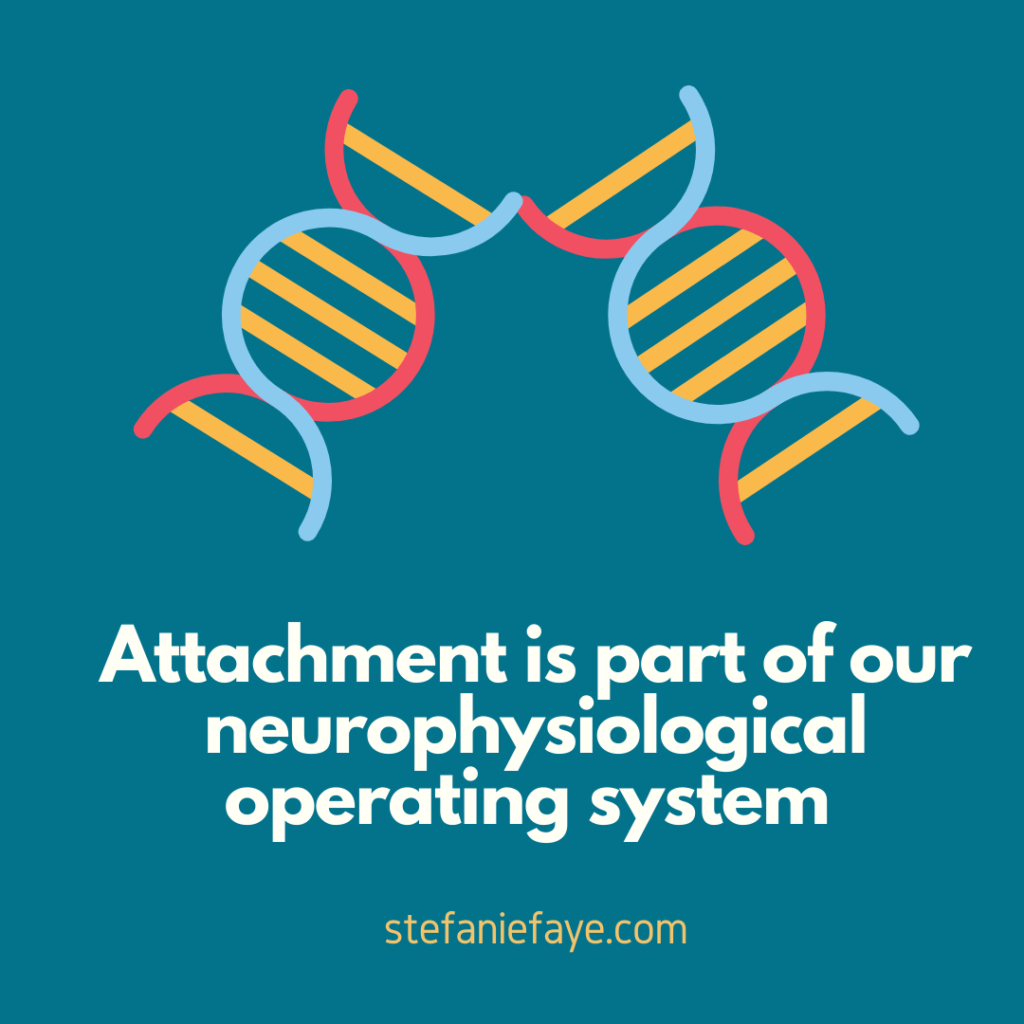
One of the keys of secure attachment is resonance, attunement and availability.
The availability and attunement of an attachment figure is important during a wide array of emotional experiences. Their availability is particularly important during times of an infant’s distress (Neufeld).
Because of how brains mature over time, the infant or young child does not have access to self-regulating features (Harvard Center on the Developing Child). It must outsource these to an attachment figure. This is a non-negotiable of being human.
This system of attunement and availability during various situations and affective states helps create bonding behaviors between child and attachment figures through a release of oxytocin.
These oxytocin-releasing behavioral and neurochemical bonding mechanisms get disrupted when an attachment figure is:
- physically or mentally ill
- depressed, anxious, addicted
- verbally/emotionally/physically abusive
- threatening or violent
- consumed by other relationships
- geographically distant due to jobs or travel. (Feldman)
When an attachment figure is misattuned, unavailable or threatening, the child does not experience micro-behaviors and signals that release oxytocin.
This then leads the child to not display bonding behaviors back to the attachment figure, which then further disrupts the cycle. Although the most mature nervous system must be the one to regulate and model availability and the ability to tolerate distress, they still need to receive signals back from the child. Although I often use the word caregiver, I actually prefer attachment figure or ‘care-exchanger’ because the bonding behaviors cannot be a one-way flow. If an attachment figure doesn’t receive signals back from the infant (in humans this is through voice, eye gaze, facial expression and touch), then they also do not experience the release of oxytocin. There needs to be a two-way flow of these signals for bonding to occur. (Feldman)
Disruptions within our earliest attachment experiences can lead to patterns that emerge across the lifespan and into our adult relationships.
Most attachment theory research categorizes these patterns into secure attachment or insecure attachment. Within insecure attachment patterns, there are anxious-preoccupied and dismissive and fearful avoidant subtypes. (other research lists these as anxious, disorganized, and avoidant (Bowlby & Ainsworth, Hazen & Schaver)
A unifying aspect of insecure attachment is fear.
This fear can be at bay when a person is single but can come up within relationships. In anxious types, the fear is more about being abandoned or alone, whereas the fear in avoidant patterns is more closely related to being consumed, overwhelmed or having boundaries violated by someone
These patterns overlap with different nervous system responses that include fight and flight as well as fawning, and camouflage, collapse and coercion (I cover these in this episode).
We can also ‘earn’ secure attachment.
This is in contrast to a continuous secure. A continuous secure is someone who experienced consistent secure attachment experiences with mature models of nervous system regulation and attunement. Secure attachment is related to being able to attune to and become more aware of our own experiences and sensations and be able to recognize, report, request and regulate in a mature way within relationships. This differs from insecure attachment mechanisms that lead to overly preoccupied behaviors or dismissive and avoidant behaviors - which can drive people away and keep a person from feeling the appropriate level of connection they desire.
Secure attachment is about holding multiple perspectives, not just yours
Secure attachment - whether we were modeled it when we were young or earned it later in life - manifests as an ability to hold one’s own perspective (including one’s own preferences for intimacy and connection and desires to be independent and have healthy space) and another’s at the same time. A secure person can be in a relationship with someone who displays insecure patterns but is able to communicate their concerns or preferences from a more regulated state. A secure person can help a person with insecure tendencies to eventually become an earned secure.
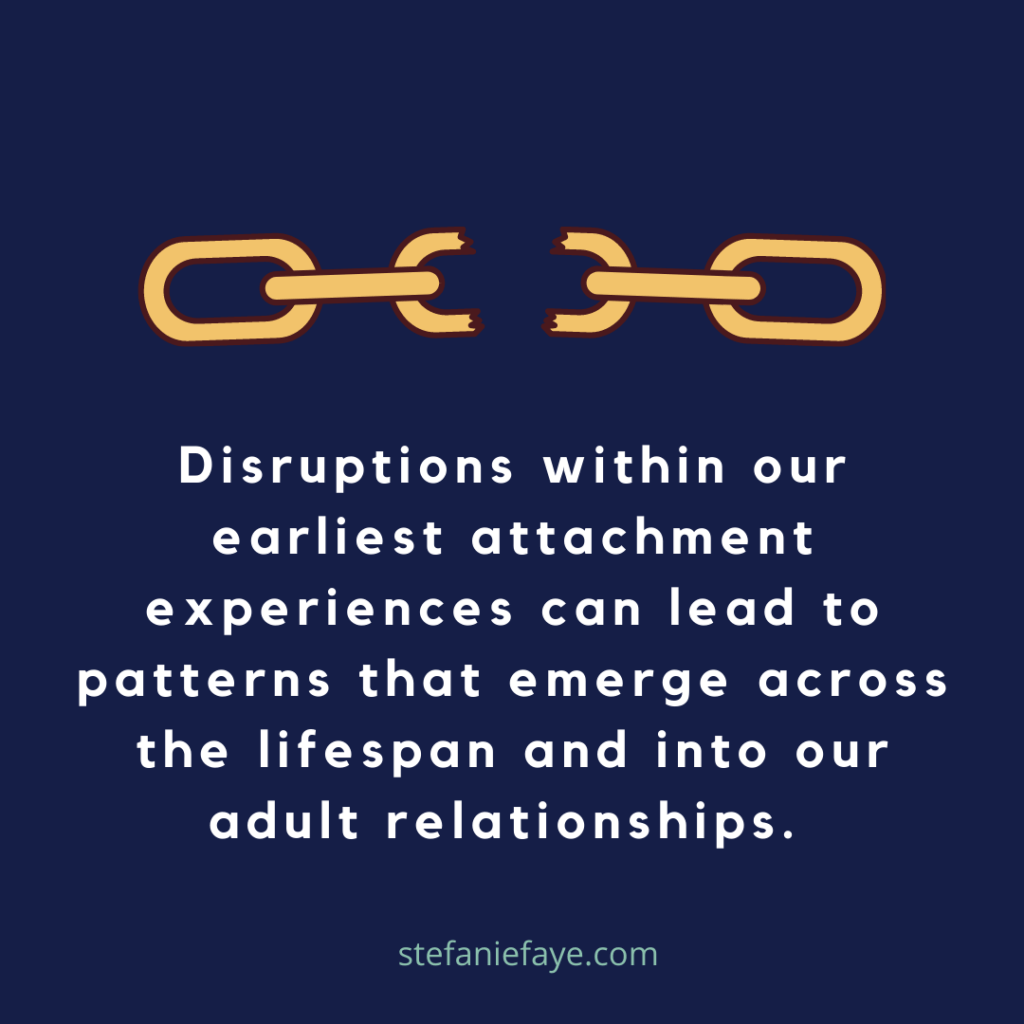
Attachment theory helps us understand that:
- We may have a dominant attachment pattern
- Our attachment behaviors are often based on our past
- We can learn to recognize our patterns and triggers
- We can learn to regulate our own state so that we can become better friends, partners, co-workers and leaders
Part of learning to regulate ourselves can include being able to identify and nuance our affective states
Doing this links our subsymbolic processes which are nonverbal, sensory and kinesthetic with our subsymbolic processes- verbal and motor-expressive. We can do this by keeping track and expressing our feelings instead of numbing ourselves and repressing feelings.
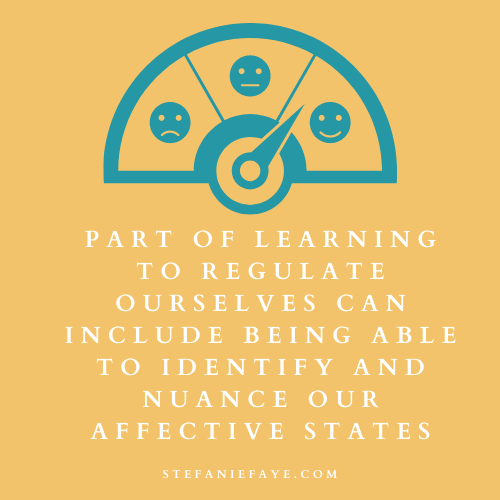
Being clear about your intentions can help you express your feelings more maturely
What I mean by this is to be clear about your intention as to why you are allowing yourself to feel and express your emotions. If your intention is to try to change someone’s behavior or blame them for how you feel, you may end up expressing feelings that are more about your past unmet needs and unhealed wounds than they are about whatever is going on.
If your intention is to find out what you need and express this in mature ways that also hold someone else’s perspective, this will help guide your choices of when and how to get in touch with and express your feelings.
For example, if you feel really angry or anxious - instead of yelling at your partner or sending 10 anxiously-written texts in a row, you may decide to journal or talk with a therapist, and engage in self-regulating actions FIRST... so that you can access your most mature state when you are expressing yourself to that person.
Identifying our attachment patterns can help us get better at recognizing specific triggers so that we can find out where they’re coming from.
This is in contrast to blaming the person in our current situation, who may be getting a disproportionate amount of emotion that is actually more based on unfulfilled needs from your childhood than it is about only the situation at hand.
I go even more in depth into all of this in today’s episode!
I still have a lot more to cover on this topic, so more articles and videos will be coming up...
Also - a request... If you love the framework I introduce in this episode for nervous system responses (co-regulation/coercion/collapse... etc.) I would VERY MUCH appreciate that you reference my work when you share it with others. Thank you!
References and Resources
Modern Attachment Theory: The Central Role of Affect Regulation in Development and Treatment Judith R. Schore & Allan N. Schore, Journal of Clinical Social Work, 2008
The Attachment Lab at Cornell University (Cindy Hazan and Phillip Shaver)
Attachment as an Organizational Framework for Research on Close Relationships
The Origins of Attachment Theory: John Bowlby and Mary Ainsworth, Developmental Psychology (1992)
Bucci W. Symptoms and symbols: a multiple code theory of somatization. Psychoanalytic Inquiry 1997; 17:151-72.
24
Maternal Depression and Anxiety, Social Synchrony, and Infant Regulation
of Negative and Positive Emotions - Feldman et al.
Taylor, G. Recent Trends in Alexithymia Research, Canadian Journal of Psychiatry, Vol 45, March 2000

